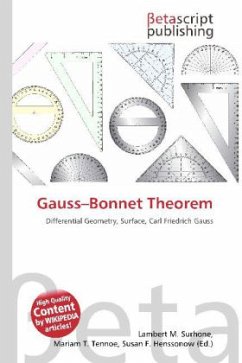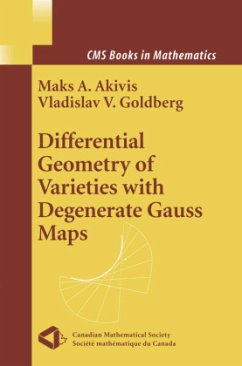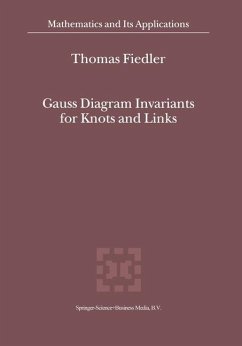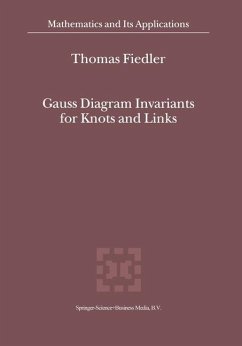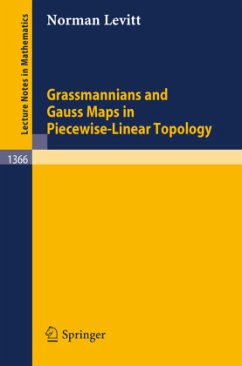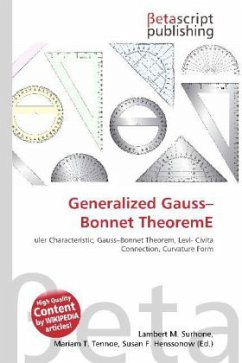
Generalized Gauss Bonnet TheoremE
Versandkostenfrei!
Versandfertig in 6-10 Tagen
19,99 €
inkl. MwSt.

PAYBACK Punkte
10 °P sammeln!
Please note that the content of this book primarily consists of articles available from Wikipedia or other free sources online. In mathematics, the generalized Gauss Bonnet theorem (also called Chern Gauss Bonnet theorem) presents the Euler characteristic of a closed even-dimensional Riemannian manifold as an integral of a certain polynomial derived from its curvature. It is a direct generalization of the Gauss Bonnet theorem to higher dimensions. Let M be a compact 2n-dimensional Riemannian manifold without boundary, and let be the curvature form of the Levi-Civita connection. As with the two...
Please note that the content of this book primarily consists of articles available from Wikipedia or other free sources online. In mathematics, the generalized Gauss Bonnet theorem (also called Chern Gauss Bonnet theorem) presents the Euler characteristic of a closed even-dimensional Riemannian manifold as an integral of a certain polynomial derived from its curvature. It is a direct generalization of the Gauss Bonnet theorem to higher dimensions. Let M be a compact 2n-dimensional Riemannian manifold without boundary, and let be the curvature form of the Levi-Civita connection. As with the two-dimensional Gauss Bonnet Theorem, there are generalizations when M is a manifold with boundary. The Gauss Bonnet Theorem can be seen as a special instance in the theory of characteristic classes. The Gauss Bonnet integrand is the Euler class. Since it is a top-dimensional differential form, it is closed. The naturality of the Euler class means that when you change the Riemannian metric, youstay in the same cohomology class. That means that the integral of the Euler class remains constant as you vary the metric, and so is an invariant of smooth structure.



